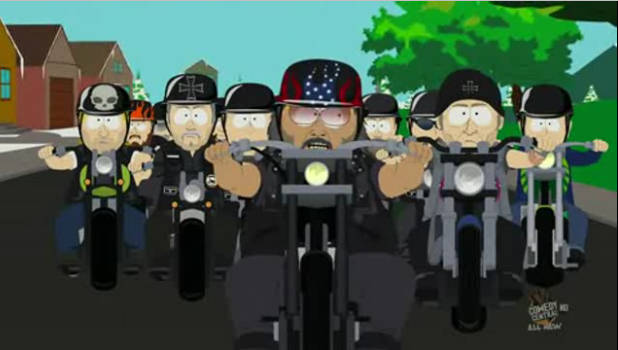THE FUNCTIONAL VIEW OF THE MEDIA: NYTIMES Details Efforts of Local Owners to Buy Back Newspapers from Out-of-Town Ownership Groups; Newspapers Defined as Central to Community Integration; USC Annenberg Mentioned As Potential Buyer of LA TIMES
There are two dominant ways we view the role of the news media in the U.S., with both views reflected in the traditions of classical sociology. The first perspective emphasizes the “power and persuasion” nature of the news. When we think of the media as a campaign tool, as a vehicle for elites to mobilize public opinion, or as an arena where competing groups try to win adherents to their side, these interpretations fall within the the “power and persuasion” category. But an overlooked, and secondary way we view the news media has less to do with power and persuasion, and more to do with the media’s functional or “community integration” role. How is it that the many disparate parts of our political system and our communities stick together, and combine to solve collective problems? The news media play a vital role by helping to define “community,” and by providing information and images about what other parts of the nation or the community are doing or saying. (For the sociologically literate, the two perspectives flow from the difference in traditions between Marx and Durkheim.)
It’s this interpretation of the media that motivates efforts by professional journalists and local community leaders to either preserve local ownership of the media or win back local ownership. This less prominent perspective on the media shines through in this business story appearing in today’s NY Times.
In the article, the community integration interpretation is perhaps best captured by this passage:
In Los Angeles, Mr. Broad sees local ownership as a way to unite a community that is not cohesive. Los Angeles is a sprawl of eclectic neighborhoods and wealthy gated communities, divided by strip malls, palm trees and traffic-clogged freeways. Many of the city’s most prominent businesses have moved away. And as was aptly depicted in the Academy Award-winning film “Crash,” the city’s social enclaves are so disconnected that the only way to connect may be to crash into one another.
Of note, the article goes on to say that one of the potential buyers of the paper might be USC’s Annenberg School of Communication.




